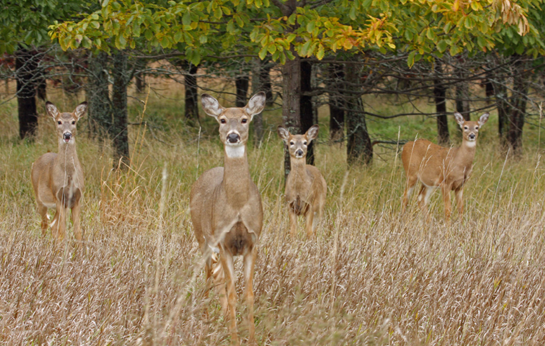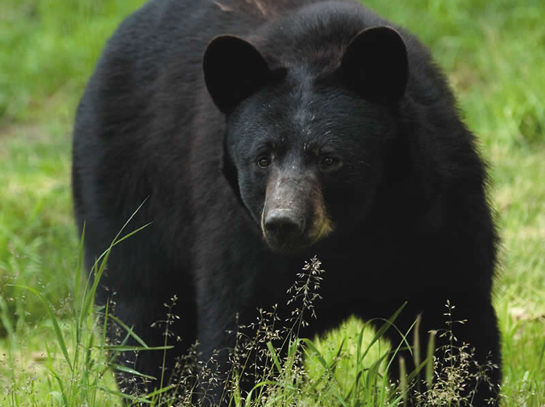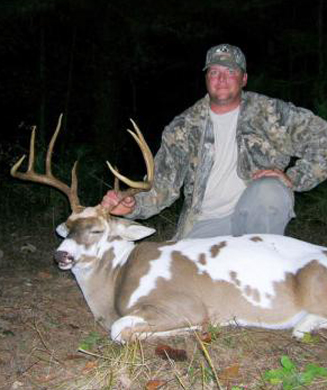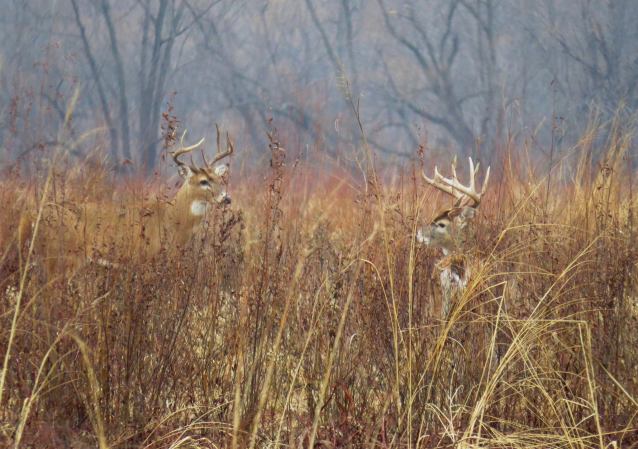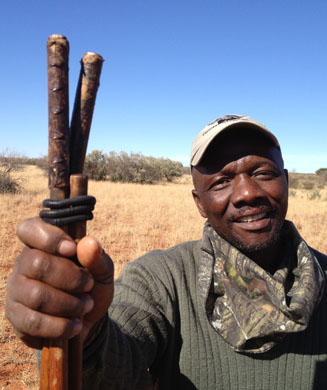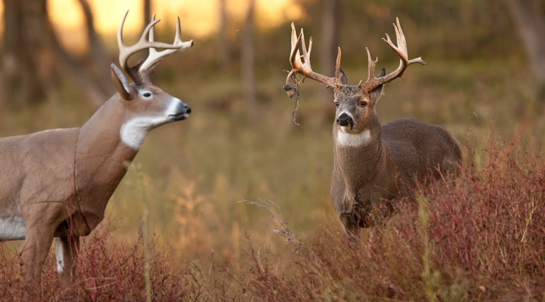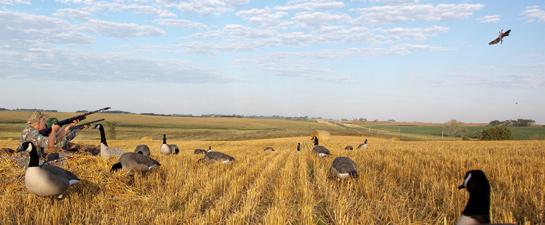
At about this time every year I start reminding hunters to count fawns. And every year they ignore me. And then they wonder why their deer numbers are steadily declining on the properties they hunt.
So what does counting fawns have to do with steadily declining deer numbers? Believe it or not, in spite of what has been drilled into us over the past 30 years, it is possible to shoot too many does. This is especially true if your resident population is down to the point where an unusually hard winter, or outbreak of coyotes, or a habitat change, has the herd teetering on a population crash.
Deer management is best carried out on a site-specific basis. Deer need to be micro managed to the point where you know exactly how many does should be harvested (or not harvested) in a given location. That location may be 20 acres, or 200, or even 2,000.
Most state agencies don’t operate this way. They manage hundreds of thousands of acres at a time. This means they are generally clueless about what’s going on at your personal 200 acres of paradise or the 5,000 acres of public land you hunt. It’s up to you to decide if deer are eating themselves out of house and home and the herd needs to be decreased. Or, on the other hand, if the coyotes have taken more than their share and you need to lay off the does until the numbers rebound. The state may have issued you a doe tag, but that doesn’t mean you have to use it.
And that’s where the counting fawns comes in. Deer managers refer to it as establishing the fawn recruitment rate. Said another way, how many fawns will join the adult herd this fall. Most fawns are 3-4 months old by late summer-early fall. They have dodged coyotes, bears, and bobcats. If they don’t end up as road kill, they’ll be recruited into the adult herd.
Recruitment rates are expressed as a ratio. To calculate it, you count the number of adult does using your property and compare it to the number of fawns in the same area. If you have 1 fawn for every doe, your recruitment ratio is 1.0; one fawn for every 2 does = .5; and so on. As far as these ratios go, 1.0 is about average, .5 is low, and a 1.5 is really high (remember, many of this years adult does were not bred as fawns last year).
Scouting cameras placed over bait (where legal) is a great way to establish ratios but you can get a pretty good feel for things with binoculars and a few weeks of watching food plots or feeding fields. All you do is count your does and count your fawns and divide the number of fawns by the number of does. Be sure to take multiple counts, there is statistical safety in numbers.
Once you get your recruitment rate, you can decide how many does to harvest this fall. A recruitment rate of about 1.0 will allow you to remove about 25 to 30 percent of the adult does in your population without changing herd numbers significantly. If your rate is low (.7 or lower), you may need to reduce your harvest goals or shoot no does at all if you want to keep the population numbers on your property constant. Higher than 1.3 and you may have to increase the doe harvest by to up to 50 percent of adult does, unless you want your herd numbers to grow. The objective is to maintain herd numbers high enough to provide a quality hunting experience without destroying the habitat.
One thing is for sure, in this day of coyotes and bears taking more fawns than ever, you had better know darn well how many fawns made it through spring and summer before you start shooting does.
Photo: ChuckStarr via Flickr

